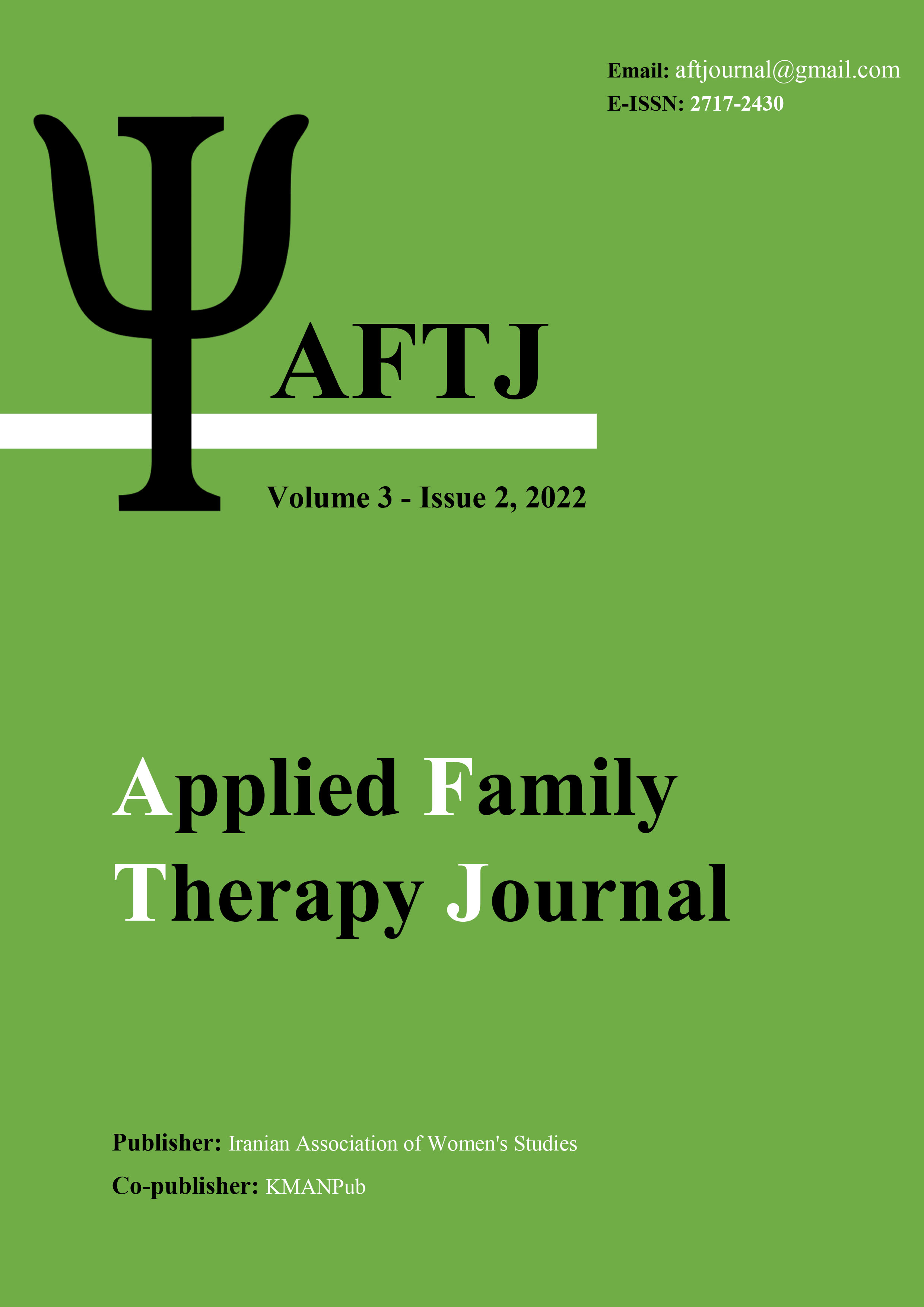Investigating the effect of transcranial direct electrical stimulation (tDCS) and neuro-verbal programming (NLP) on reducing women's depression, anxiety and stress
Keywords:
Direct electrical stimulation of the cranial nerves, verbal neuroprogramming, anxiety, stress, depressionAbstract
Aim: The present study was conducted with the aim of investigating the effect of transcranial direct electrical stimulation (tDCS) and neuro-verbal programming (NLP) on reducing the level of depression, anxiety and stress of women referring to comprehensive health service centers in Zahedan. Method: pre-test-post-test research design. With experimental groups (transcranial direct electrical stimulation (tDCS) and neuro-verbal programming (NLP)) and a control group. The statistical population consisted of all women with three disorders of depression, anxiety and stress who referred to mental health experts of comprehensive health service centers in Zahedan city, from which a sample of 45 people was selected by simple random sampling method, so 30 people were in the experimental groups. The first intervention was 10 sessions of direct electrical and cranial stimulation (tDCS), the second group was given 8 weeks of neuro-verbal programming (NLP), while 15 people in the control group were not given any training. After completing the Depression Anxiety Stress Scale-21 (DASS-21) questionnaire, data was collected and then analyzed using SPSS version 23 software. Results: The results of the multivariate covariance analysis showed that the mean scores of depression (F=23.47, P=0.001), anxiety (F=65.46, P=0.001) and stress (38.30) There is a significant decrease between the pre- and post-test scores of the treatment groups. Conclusion: The results of Tukey's post-hoc test showed that the mean direct intracranial electrical stimulation (TDCS) is lower than neuro-verbal programming (NLP) in reducing the level of depression, anxiety and stress.
Downloads
Downloads
Published
Issue
Section
License

This work is licensed under a Creative Commons Attribution-NonCommercial 4.0 International License.





















